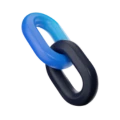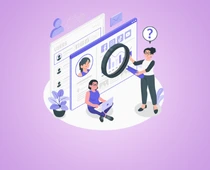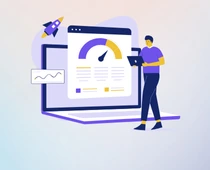The internal linking draws its importance while working on user experience and SEO. By driving your visitors to further content, an internal linking strategy allows Google to crawl and rank your pages better. Are internal links good for SEO? Fine, well, yes.
- Helps Users Navigate Between Relevant Pages
Users can easily explore your website when links guide them to useful pages. This improves time on site and makes internal linking benefits clear.
- Boosts Page Authority and Ranking
Internal links pass value to other pages. This strengthens their authority and directly improves rankings, which shows how internal links help SEO grow.
- Increases Page Views and Time Spent
More links mean more clicks. When users stay longer and explore more pages, it reflects the SEO internal linking strategy working well.
- Improves Crawlability and Indexing
Search engines follow internal links to find new pages. This makes it easier to index content, one of the biggest internal linking SEO best practices.
Best Practices for Internal Linking
To get the full benefits of internal linking, use the following tips. These internal linking best practices help improve rankings and ensure visitors get the best experience.
1. Use Keywords as Anchor Text
Use keywords that match what people search for as anchor text. This is key to making your internal linking strategy successful.
2. Link to Relevant and Useful Content
Always link to pages that add value to the user. This supports SEO internal linking best practices and improves content flow.
3. Avoid Too Many Links
Too many links confuse both users and search engines. Keep only the most useful ones to follow internal linking best practices.
4. Audit and Update Links Regularly
Update internal links when you add or delete pages. This is an important part of your SEO internal linking strategy.
5. Don’t Use the Same Anchor Text for Different Pages
Using one anchor for many pages creates confusion. Use clear and unique text for strong internal linking SEO best practices.
6. Fix Orphan Pages
An orphan page is not linked from anywhere. Add internal links to them so they can be crawled and gain internal linking benefits.
Step-by-Step Internal Linking Strategy
Here’s a simple SEO internal linking strategy you can follow to improve your site’s SEO and help visitors move around easily.
1. List All Website Pages
Start by listing pages like Homepage, Services, Blog, Contact, Products, and About. This forms the base of your internal linking strategy.
2. Choose Target Keywords for Each Page
Select keywords for every page that people might search for. This helps when placing relevant internal links to boost SEO.
3. Add Internal Links
You can do this manually or with tools that automate linking. Either method supports your SEO internal linking best practices.
These tools help you find broken links, missing links, and orphan pages—all of which impact the importance of internal linking.
Free Tools
- Google Search Console – Helps find broken or missing internal links
- Screaming Frog SEO Spider (Free) – Crawls your site and shows all internal links
Paid Tools
- Ahrefs
- SEMrush
- Sitebulb
- Screaming Frog SEO Spider (Paid)
- JetOctopus
- Netpeak Spider
- OnCrawl
- Link Whisper (WordPress Plugin)
Final Words
Now you know why internal links are important for SEO. They help your audience, improve rankings, and power your website structure. Follow these internal linking best practices to make your site stronger and more visible



















